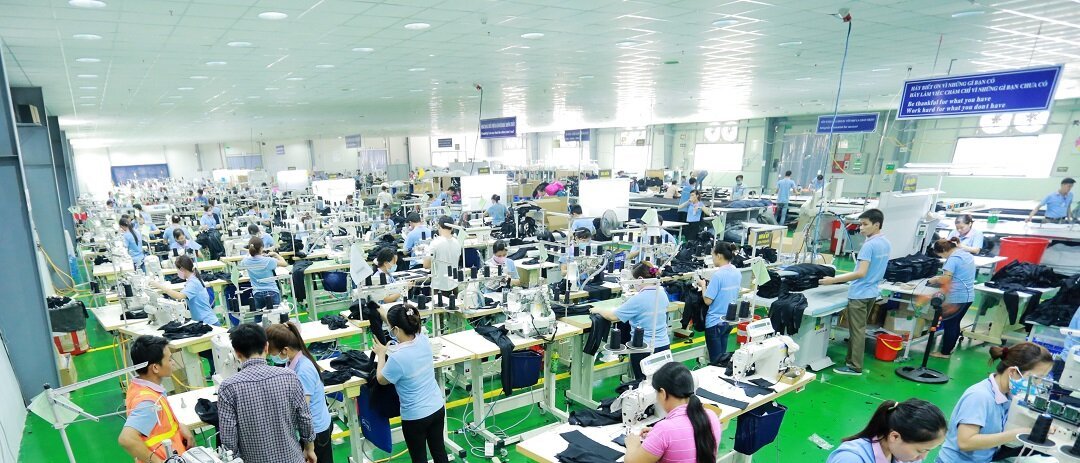A Guide to Quality Control for the Clothing Industry | InspectionService.com
In the fiercely competitive realm of the clothing industry, maintaining high-quality standards is paramount for importers, manufacturers, and brands. With customers becoming increasingly discerning, ensuring top-notch product quality has become critical in achieving customer satisfaction and safeguarding brand reputation. In this comprehensive guide, we will explore the significance of quality control in the clothing industry, shedding light on standard tests for apparel and providing practical insights to help implement effective quality control measures.
The Importance of Quality Control in the Clothing Industry
The clothing industry is marked by intense competition, where customer awareness of product quality is higher than ever. Unsatisfied customers have the potential to harm brand reputations, generate negative reviews, and ultimately impact sales. Quality control in the clothing industry serves as a safeguard, ensuring garments are free from defects, meet required standards, are safe to wear, and are durable.
The main elements of quality control in the clothing industry encompass fabric inspection, pattern grading, cutting, sewing, finishing, and packaging. Implementing a robust quality control process guarantees that the final product aligns with the desired quality standards and fulfills customer expectations.
Comprehensive Quality Control Program
A comprehensive quality control program is essential to ensure garments meet the required standards before reaching the market. This involves inspecting each garment at various stages of production, from raw materials to finished products.
How to Check Apparel Quality
1. Pre-Production Quality Control for Apparel:
– Fabric Composition: Ensure the fabric composition aligns with specifications, matching the intended fabric type.
– Weight and Thickness: Measure fabric weight and thickness to ensure consistency across the entire garment.
– Print and Pattern Alignment: Verify that prints or patterns align correctly across the fabric, ensuring a polished appearance.
2. In-Process Quality Control for Apparel:
– Seam Strength: Inspect seam strength to ensure it can withstand regular wear and tear.
– Stitching Accuracy: Examine stitching for consistency, evenness, and freedom from loose threads.
– Fit and Sizing: Randomly select garments for measurements to verify adherence to specified size and fit.
3. Post-Production Quality Control (Pre-shipment Inspection) for Apparel:
– Visual Inspection: Thoroughly examine each garment for visible flaws, stains, uneven dyeing, or print irregularities.
– Functionality Testing: Test features like zippers, buttons, hooks, or snaps to ensure smooth and secure operation.
– Packaging and Labelling: Verify correct labeling with accurate size, care instructions, and brand information. Check packaging integrity for effective garment protection during transit.
Types of Garment Defects
Garment defects can occur at any production stage, necessitating careful identification during quality control inspections. Understanding common types of defects is crucial for effective inspection:
1. Fabric Defects:
– Color Variations: Identify inconsistencies in color to ensure uniformity across garments.
– Stains: Check for manufacturing or transportation stains and address them before shipment.
– Holes: Identify and repair fabric holes caused by production or transportation.
2. Construction Defects:
– Broken Stitches: Detect and repair broken stitches to prevent unravelling.
– Misaligned Seams: Ensure even seams to maintain a professional appearance.
– Loose Threads: Trim loose threads to avoid a messy appearance.
3. Print Defects:
– **Print Smudging:** Check for ink smudging or incomplete prints.
– **Fading:** Ensure vibrant colors and prevent premature fading.
– **Alignment Issues:** Confirm correct placement of designs to avoid uneven or crooked appearances.
4. Sizing Defects:
– Incorrect Measurements: Identify and correct sizing issues for accurate garment dimensions.
– Inconsistent Sizing: Ensure uniform measurements for consistent garment fit.
Apparel Standard Tests
Conducting standard tests is vital to ensure garments meet safety, durability, and performance criteria. Common tests include:
1. Fabric Performance Tests:
– ASTM D5034 (Tensile Strength)
– ASTM D2261 (Colorfastness to Crocking)
– ASTM D3511 (Pilling Resistance)
2. Seam Strength Tests:
– ASTM D1683 (Trapezoid Tear Strength)
– ASTM D1682 (Breaking Strength and Elongation)
3. Dimensional Stability Tests:
– ASTM D5587 (Shrinkage)
– AATCC 135 (Dimensional Changes in Automatic Home Laundering)
– ISO 5077 (Dimensional Change of Garments After Dry-Cleaning)
In conclusion, quality control is paramount in the clothing industry to meet the demands of a discerning customer base and maintain brand integrity. Implementing a thorough quality control process, encompassing pre-production, in-process, and post-production inspections, ensures that garments adhere to required standards and fulfill customer expectations. By understanding and addressing common garment defects and conducting industry-standard tests, the clothing industry can uphold its commitment to delivering high-quality products, thereby securing customer satisfaction and bolstering brand reputation.
Get Quotes and Ensure Quality
Across Your Supply Chain
Contact Info
Our location
Unit 2A, 17/F, Glenealy Tower No 1. Glenealy, Central Hong Kong


